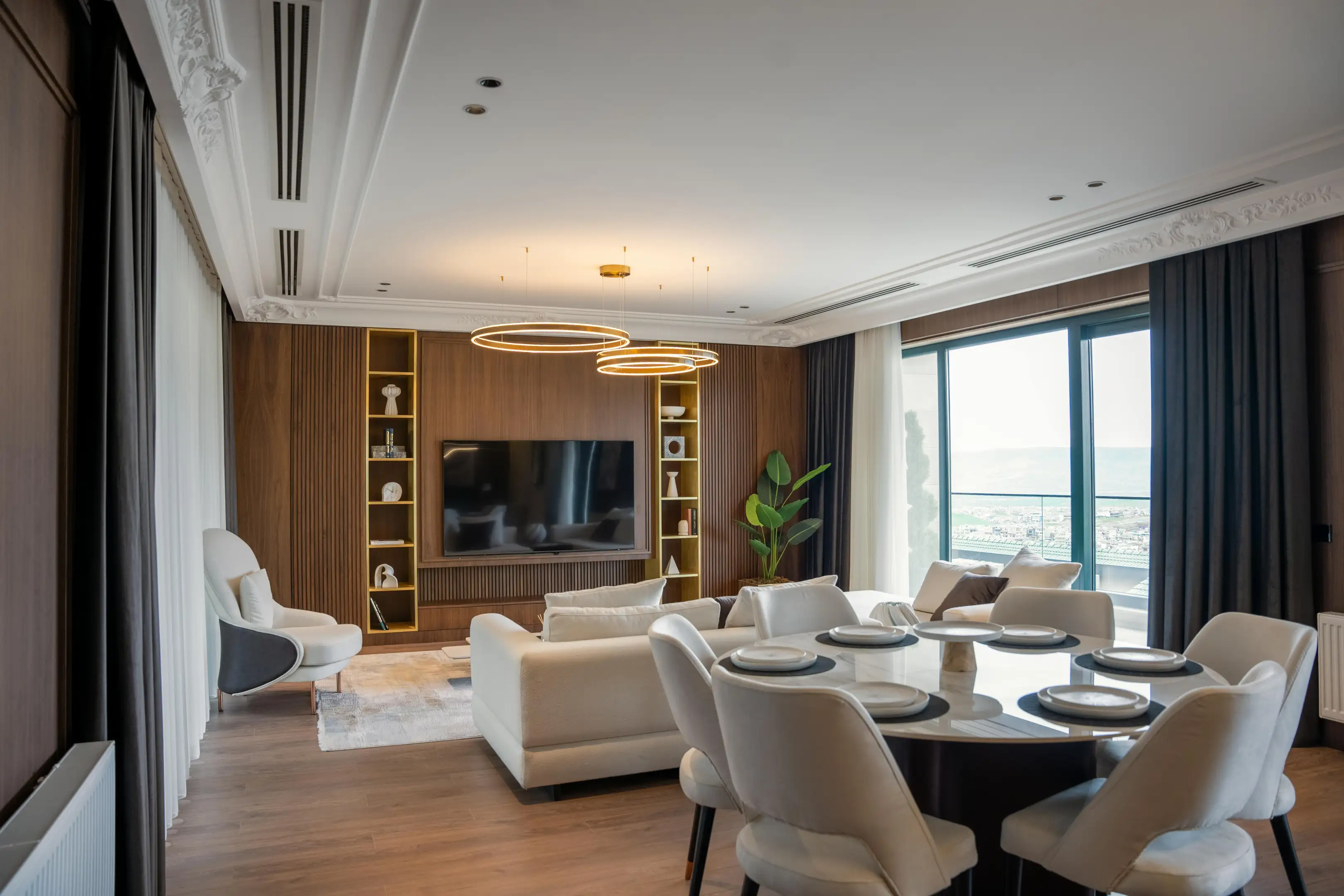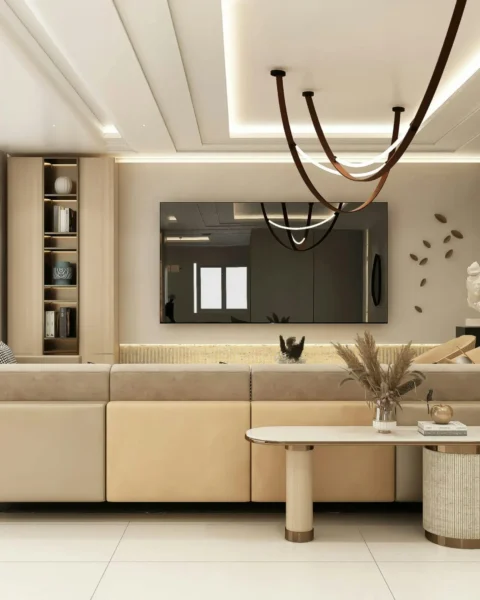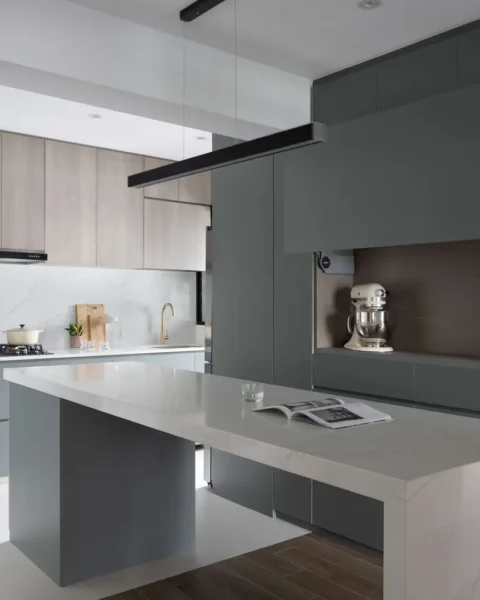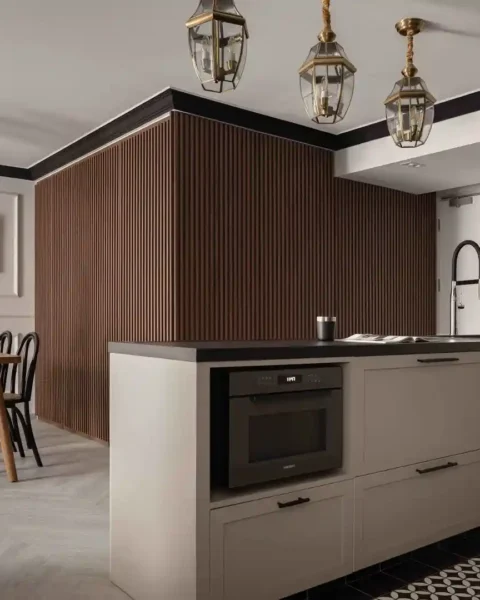Building a smart home doesn’t mean filling every corner with gadgets at once. It’s about creating a living space that feels intuitive, secure, and convenient. From lights that adapt to your routine to appliances that save energy automatically, a smart home works together to simplify your life.
For anyone getting started, the key is to take it step by step. Smart lighting is often the easiest entry point, instantly changing how a home looks and feels while building a foundation for future upgrades. To make the journey smoother, here are 9 essential tips for planning a smart home that works seamlessly from the start.
But first, what is a smart home?
A smart home is a residence that uses internet-connected devices to enable the remote monitoring, control, and automation of systems like lighting, temperature, security, and entertainment. Essentially, it’s a home that can respond to your needs and even anticipate them, making everyday tasks easier and more efficient.
So, how do smart homes work?
Smart homes operate on a simple principle: devices communicate through a central system. Here’s a basic breakdown:
- The Devices: These are the smart products such as lights, thermostats, plugs, and sensors. They have built-in technology to receive commands.
- The Network: Devices connect to a central hub or to your home Wi-Fi network using wireless protocols like Wi-Fi, Zigbee, or Z-Wave. This is how they talk to each other.
- The Brain: A smart home platform (like Google Home, Amazon Alexa, or Apple HomeKit) acts as the brain. It’s the app on your phone or the voice assistant you speak to that sends commands and creates automations, tying all your devices together into a coordinated system.
Tip 1: Set Clear Goals Before Buying Devices
The first step in creating a smart home is knowing what it should achieve. Goals may include convenience, energy savings, security, or entertainment, and each requires different solutions.
With clear priorities, it becomes easier to select the right devices, budget for hubs or sensors, and plan necessary wiring during renovation. This prevents overspending on unnecessary gadgets and ensures every purchase contributes to a system that truly improves daily living.
Tip 2: Pick a Smart Ecosystem That Fits
A smart ecosystem is the platform that connects and controls all devices. Examples include Google Home, Apple HomeKit, Amazon Alexa, and Samsung SmartThings. Each has its strengths, and choosing one early helps ensure all devices are compatible.
Google Home often suits Android users, while Apple HomeKit integrates deeply with iOS. Most devices support multiple ecosystems, but aligning on one from the start creates a smoother experience with fewer technical issues.
Tip 3: Choose the Right Control for the Right Light
Lighting falls into two main categories: ambient and accent. Ambient lighting covers the primary light sources, which typically require switches. Accent lighting, such as spotlights, backlights, or under-cabinet strips, is more decorative and best left automated.
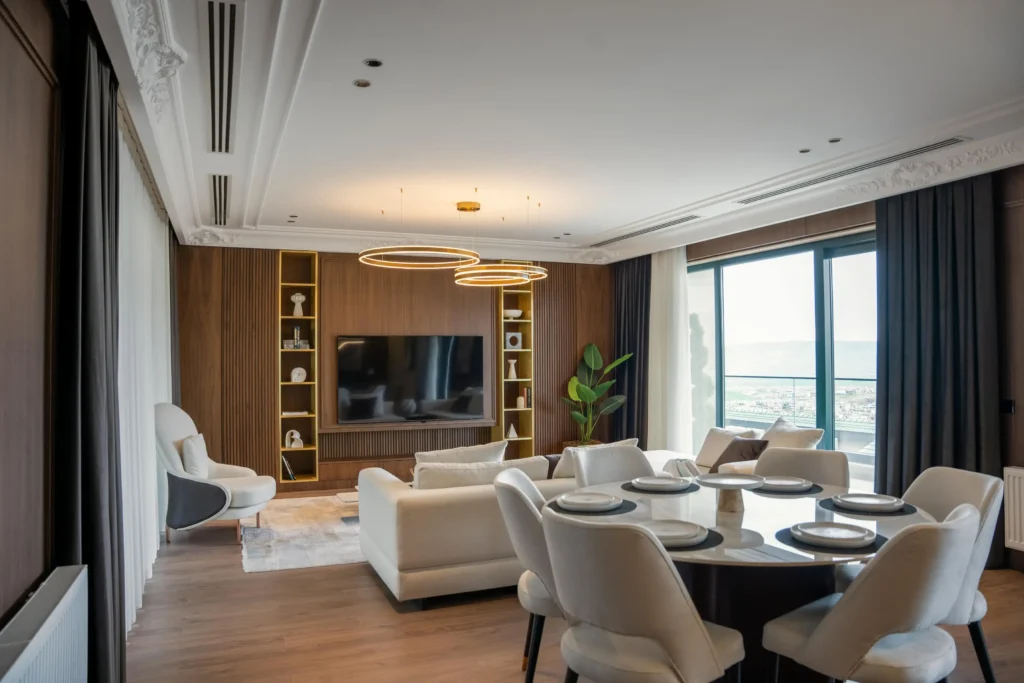
If dimming or colour control is needed, smart bulbs or fixtures are more suitable than basic wall switches. Standard smart switches can only turn lights on and off, but a smart dimmer switch allows finer control. Selecting the right device for each type of light ensures flexibility and avoids limitations later.
Tip 4: Keep Smart Devices Always Powered and Online
Smart lights and fans stop working if their power supply is cut. Instead of wiring them through a switch button, connecting them directly to the live line (L) ensures they stay powered and online at all times.
This setup allows continuous control through apps or automations and makes it easier to group multiple lights for coordinated adjustments. Devices that remain powered are more reliable in everyday use.
Tip 5: Plan Ahead for Neutral Wires
Many older switch points do not include a neutral wire, which is often required for smart switches. Pulling neutral wiring everywhere can be complicated, but there are usually easier access points. For instance, water heater switches and nearby power sockets already carry neutral lines that can sometimes be extended to light switches. Identifying these points during renovation makes installation easier and avoids unnecessary rewiring later.
Tip 6: Add Sensors and Smart Buttons for Real Convenience
A smart home is most powerful when it runs on automation. Sensors and smart buttons can remove repetitive actions from daily routines.
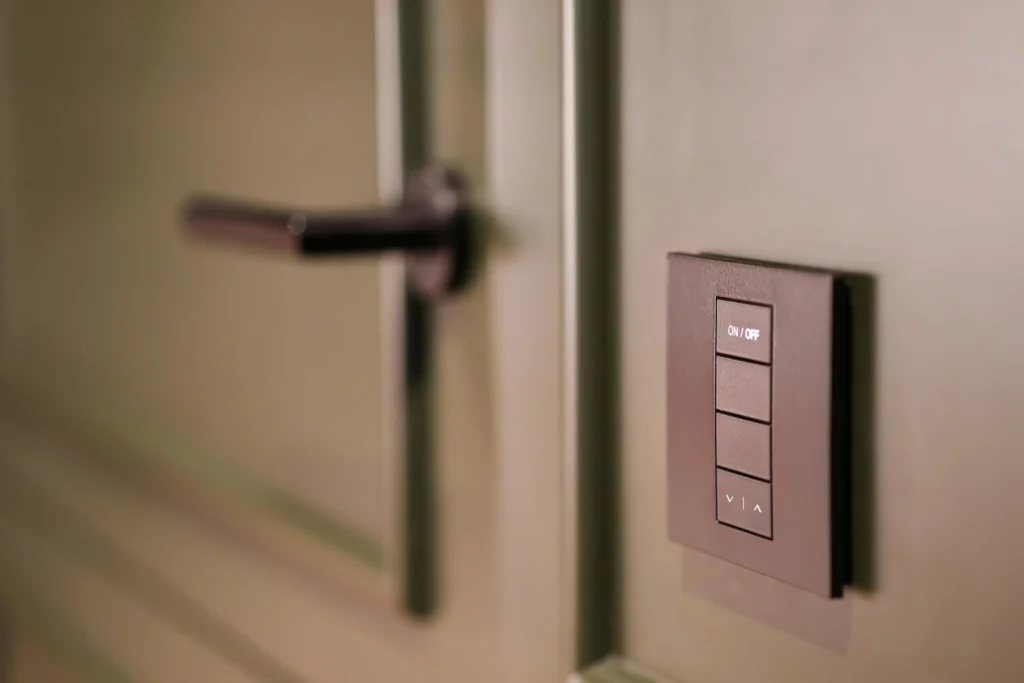

Motion or occupancy sensors can switch lights off automatically when no one is in the room. Contact sensors on doors and windows can turn off air conditioning if a door is left open. Smart buttons placed around the home allow quick control of multiple devices at once, such as turning on the TV, fan, and lighting with a single press. These tools make the system more intuitive and energy-efficient.
Tip 7: Choose Smart Appliances Where Possible
Smart appliances such as air conditioners, fans, and water heaters integrate more smoothly into a smart system compared to non-smart versions controlled by IR blasters. A native smart appliance can share its current status, which enables more reliable automation.
For example, a smart air conditioner can confirm whether it is on, adjust temperature, and sync with routines. Non-smart versions lack this feedback, making it harder to set accurate automations. When upgrading appliances, considering smart models ensures a more capable setup in the long run.
Tip 8: Consider Motorised Curtains and Blinds
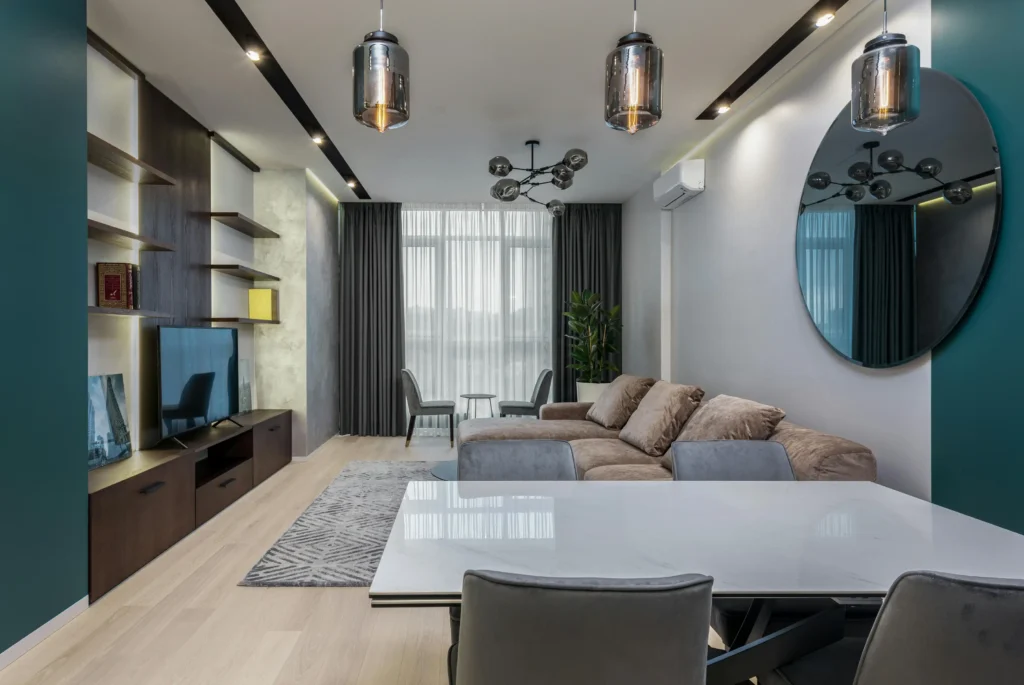

Motorised curtains and blinds add comfort and energy efficiency by controlling light and heat automatically. Wired options are more reliable since they do not rely on charging but require thoughtful cable management. Curtains usually allow cables to be hidden, while blinds may be better suited for wireless models. Some blinds also support solar charging, which reduces the need for manual charging. Whether wired or wireless, motorised coverings are a practical addition that enhances both convenience and design.
Tip 9: Ensure Strong and Reliable Network
A smart home relies on stable connectivity, and weak Wi-Fi can cause devices to disconnect or respond slowly. Since most smart devices run on Wi-Fi or Zigbee hubs that connect back to the router, strong and consistent coverage is critical.
Consider upgrading to a mesh Wi-Fi system to eliminate dead zones, especially in larger homes or multi-story layouts. Place routers or access points strategically near high-use areas, and make sure the internet plan provides enough bandwidth for multiple devices. A solid network foundation ensures all smart home functions, from automations to voice commands, work reliably every time.
Lighting Is The First Step to Smart Living
Smart living does not need to be complicated. With the right guidance, small upgrades can create a lasting impact.
At Lemonfridge Studio, we build this guidance directly into your renovation. To help you start confidently, every renovation includes a complimentary Smart Lighting Package worth $1,800. This package provides the essential foundation: expert consultation, seamless setup, switches, and smart bulbs—everything needed to bring the first step of your smart home to life.




